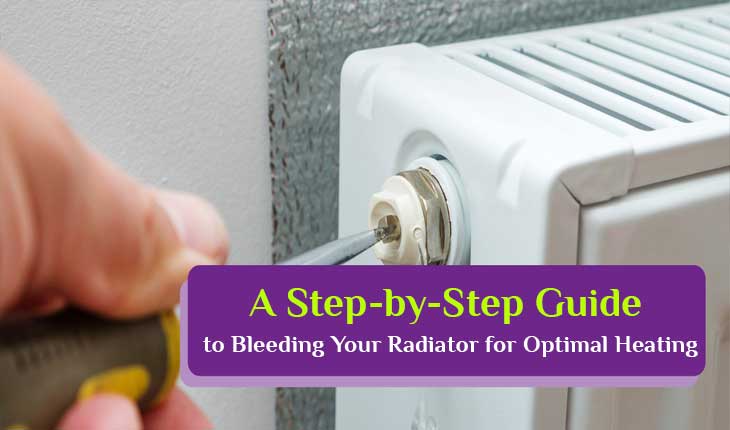As winter sets in and the temperature drops, the last thing you want is a cold and drafty house. One of the most common reasons for poor heating efficiency is trapped air in your radiators. Fortunately, bleeding a radiator is a simple process that can help you get your heating system running at optimal efficiency. In this guide, we’ll walk you through the steps to bleed your radiator and keep your home warm and cozy.
Step 1: Turn off your heating system Before you begin, make sure your heating system is turned off. This will prevent hot water from circulating through the radiator and scalding you as you work.
Step 2: Locate the valve Next, locate the valve on your radiator. This is typically found at the top of the radiator on one side. You may need to remove a plastic cap to access it.
Step 3: Prepare your tools To bleed the radiator, you’ll need a radiator key or a flat-head screwdriver. You may also want to have a cloth or towel on hand to catch any water that spills out.
Step 4: Open the valve Insert the radiator key or screwdriver into the valve and turn it anti-clockwise. You should hear a hissing sound as air escapes from the radiator. Keep turning until water starts to trickle out. This means that all of the air has been released and the radiator is now fully bled.
Step 5: Close the valve Once water starts to trickle out, turn the valve clockwise to close it. Be careful not to over-tighten it as this can damage the valve.
Step 6: Check the pressure After bleeding your radiator, you may need to check the pressure in your heating system. This can be done using a pressure gauge, which should be located near your boiler. The ideal pressure for most heating systems is between 1 and 1.5 bar. If the pressure is too low, you may need to top up the system using the filling loop.
Step 7: Test your heating system Finally, turn your heating system back on and check that the radiator is heating up properly. If you notice any issues, such as cold spots or strange noises, you may need to bleed the radiator again or seek professional help.
Bleeding your radiator is a simple process that can help improve the efficiency of your heating system and keep your home warm and cozy throughout the winter months. By following these easy steps, you can ensure that your radiator is working at optimal capacity and save money on your heating bills.
In conclusion, a properly functioning heating system is essential for keeping your home comfortable and energy-efficient. Bleeding your radiator is a simple and effective way to improve your heating efficiency and avoid costly repairs down the line. By following these easy steps, you can keep your home warm and cozy all winter long.

